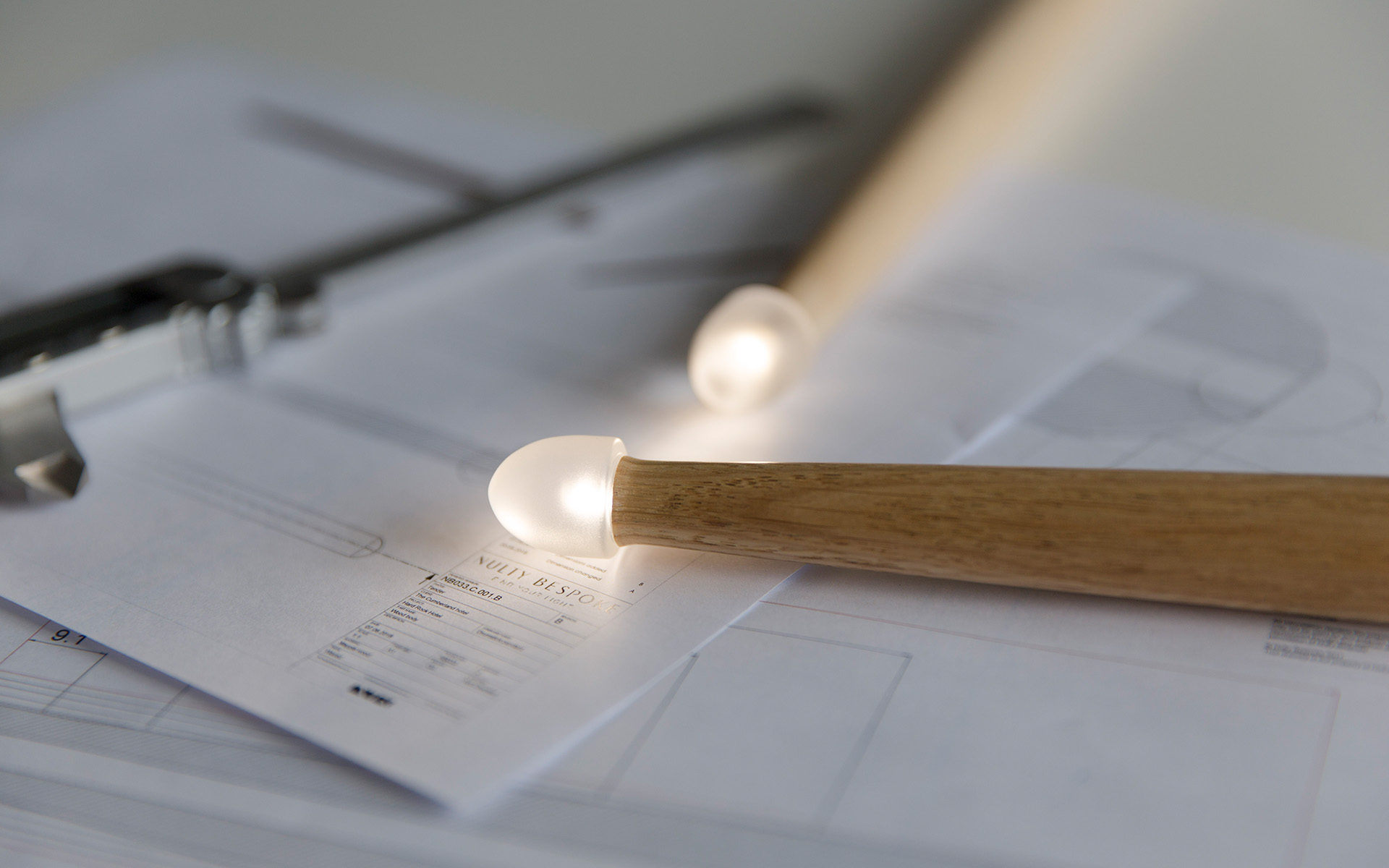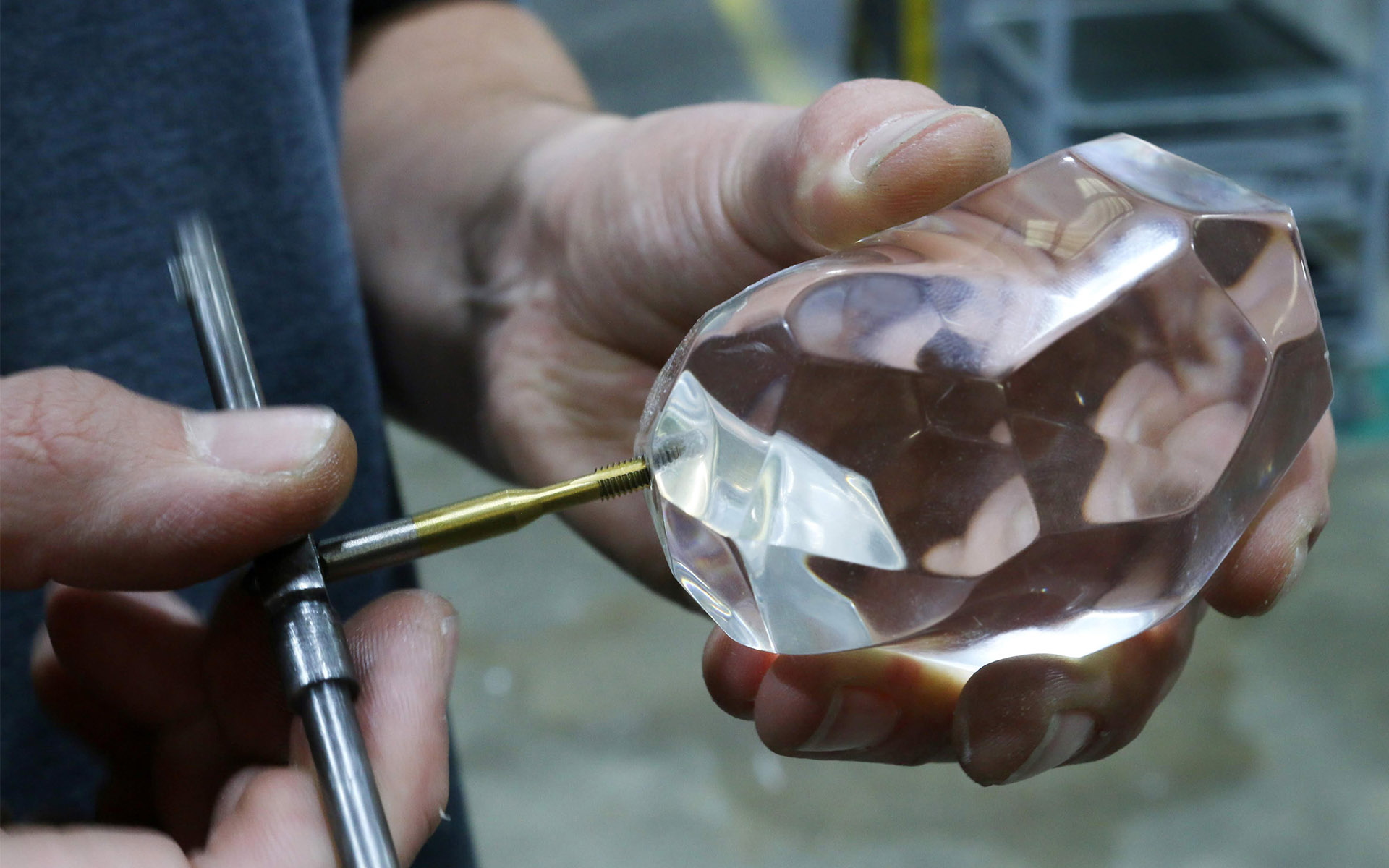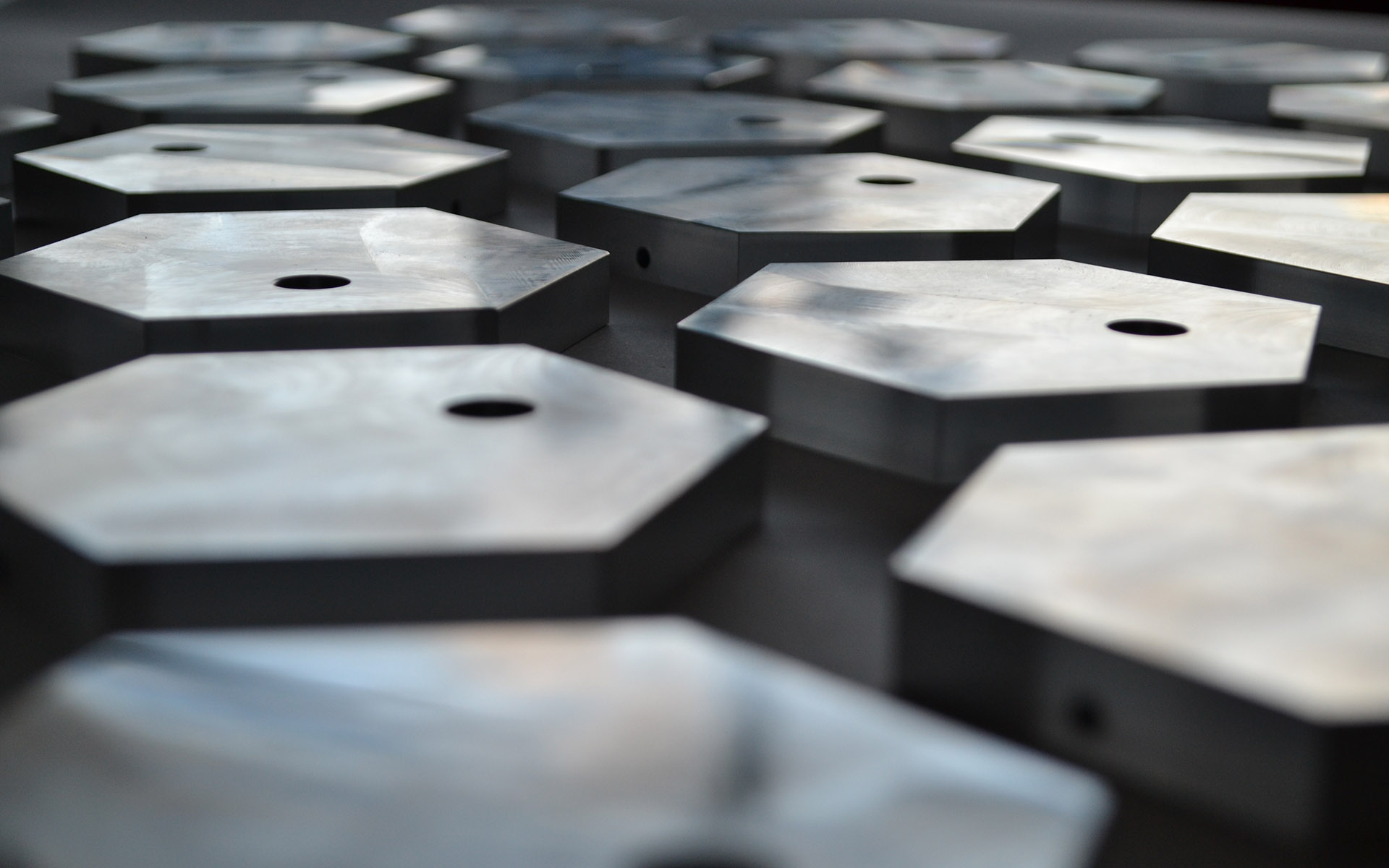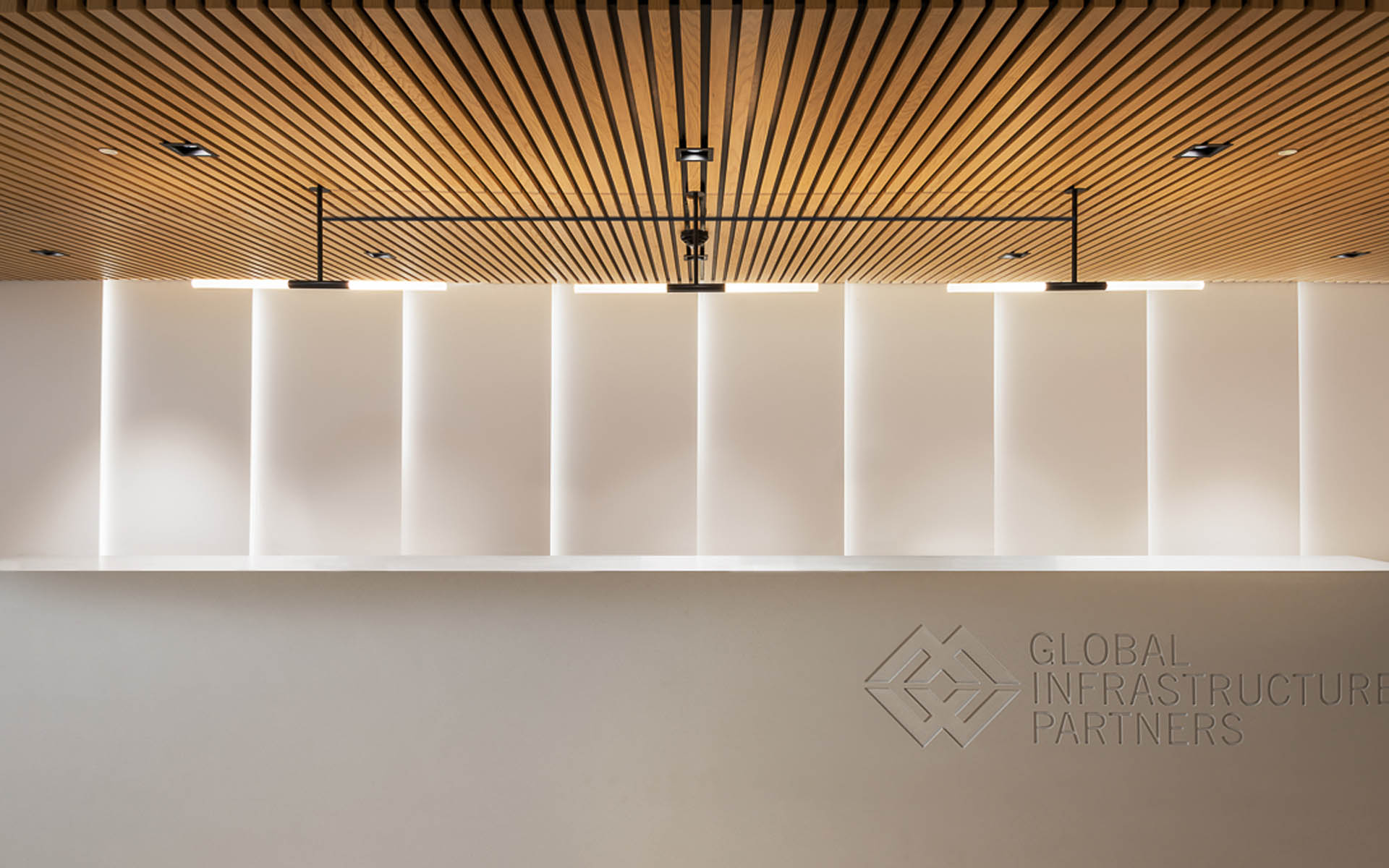When we’re presented with a brief to design and create a custom-made luminaire there are numerous elements to understand and consider prior to putting pencil to paper. Only when all the pertinent questions have been answered and we recognise the boundaries we’re working within do we lay down the foundations to design a buildable and beautiful lighting piece.
 Planning and preparation of Hard Rock Hotel’s musically inspired light sculpture
Planning and preparation of Hard Rock Hotel’s musically inspired light sculpture
A primary focus with any commission is client satisfaction, and to achieve this it’s paramount to know what elements are important and held in high esteem. When designing a bespoke light feature, the respected elements tend to be towards engineered details being as well considered and seamless as possible, while creating the desired illuminated effect for the space.
To truly understand a project brief it’s always beneficial, where possible, to do a site visit; this allows for the end creation to be visualised and to see where the client’s vision can be enhanced from a creative, engineering and lighting perspective. This could involve looking at the viewing angles from where the luminaire will be visible and using this knowledge to position screw fixings and other less desirable functional elements out of view, if unable to hide them in the actual physical design of the product itself.
At this stage limitations or technical issues may become apparent, such as pre-existing structures to work around or closed ceilings. However, it’s important to recognise that constraints do not mean ‘impossible’ and there’s almost always a clever engineering solution to conjure up that meets the brief and gives the client the feature lighting they desire – as long as there’s accuracy and caution within the design.
 Precise ‘tapping’ of a 4mm hole inside an acrylic component
Precise ‘tapping’ of a 4mm hole inside an acrylic component
Other thoughts may fall to what can be created to complement the space, be it clean-cut architectural details like matching the drop height of a closely situated beam, looking at the distance to offset from a ceiling cove to keep the architecture proportionally balanced, or stylistic motifs to emulate. Precise location measurements are key.
In contrast, the desire might be to create a light feature that juxtaposes the space with a greater charismatic presence. This could be achieved by creating machined components with more impactful details, or by simply introducing a new material or finish to form something more striking – all of which add to the perceived complexity of a design and thus a sense of technical craftsmanship. Whether the design is visually apparent as intricate or directed towards a minimalistic approach, the details require precise engineering and show great technical complexity behind the scenes.
 Repeat production of engineered geometric metal forms
Repeat production of engineered geometric metal forms
When designing a bespoke piece there must be a balance between technicality, craftsmanship, aesthetic and the client’s desired outcome. If these elements do not align it can result in an unfeasible solution (an imbalance) and ultimately disappointment. Getting this balance right means everything, down to the smallest detail, has to be considered, calculated and evaluated.
This attention to detail is evident in our custom-made pendant light produced for the London office of Global Infrastructure Partners (GIP). For this luminaire we incorporated a range of well-thought out techniques, for example: invisible welded cross-junctions, hidden ceiling mount screws for a completely clean suspension method, precise tolerances for a flush-fitted frame and, lastly, external screws situated along the top face of the horizontal main frame, painted in a black finish to camouflage. A concoction such as this guides the design to its simplistic and effortless state, yet little does the viewer know the efforts and lengths taken to push the evolution of the light fixture to its final presence.
By focusing on the macro and micro levels of a product’s creation and achieving the right balance, we’re able to create beautiful light features that are engineered for success.
